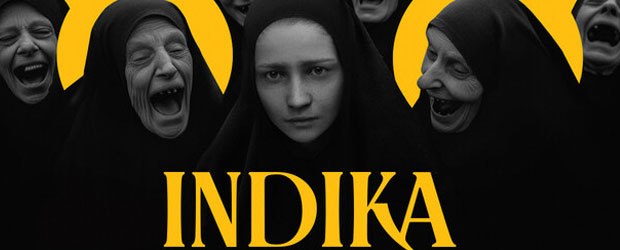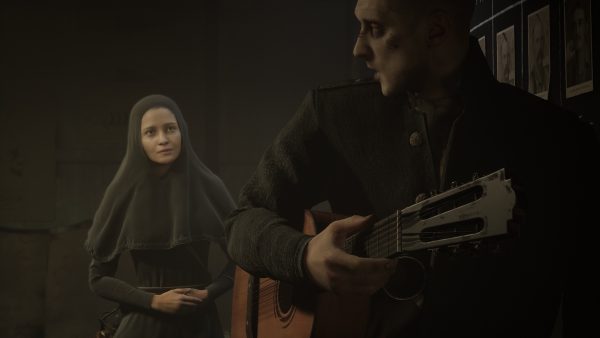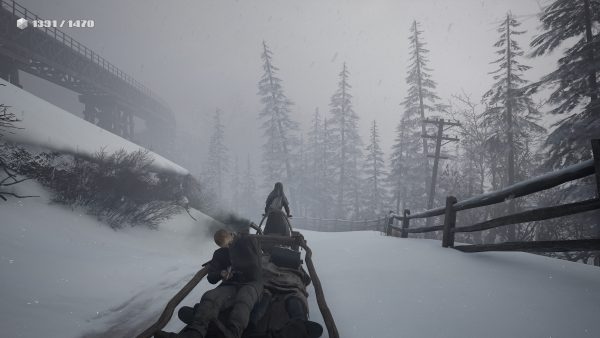Switch to: German
INDIKA stars a nun possessed by the devil on a relentless journey of self-discovery, and as of today, it’s also available on Nintendo Switch.
Developed by Odd Meter and published by 11 Bit Studios, the narrative action-adventure INDIKA was released on May 2nd of last year for PC, PlayStation 5 and Xbox Series X|S, and from today on, you can also play it on Nintendo Switch. Additionally, the game has been included in the PlayStation Plus Game Catalog since August 19th, which can be accessed by PS+ Extra and Premium members.
In the country of Yesenin’s poetry
In late 19th and early 20th-century Russia, we take on the role of the young nun Indika. She seems to be possessed by the devil himself, who constantly whispers malicious and downright evil things in her ear. INDIKA blends supernatural elements of a dark fantasy world with a setting firmly grounded in reality. This is evident right from the start when Indika is expelled from a Russian Orthodox monastery because, during Holy Communion, she sees a small, plump man in pajamas waving from the mouth of the Mother Superior and, understandably, she freaks out, though in a modest way considering the circumstances.
On her journey of self-discovery, she meets the severely injured ex-convict Ilya. Together, they escape and set out to find the legendary Kudez. This religious artifact is said to heal wounds of both body and soul. The game contains elements of Surrealism (for example, depicted through 2D pixel-art flashbacks to Indika’s time with her father), philosophical undertones (a critical examination of religious themes), and satirical undertones (the devil constantly whispers snide comments in her ear), inspired by the works of Mikhail Bulgakov, Fyodor Dostoevsky and Nikolai Gogol. The cinematic storytelling draws its influences from prestigious filmmakers Yorgos Lanthimos (Poor Things, Bugonia), Darren Aronofsky (Requiem for a Dream, Black Swan) and Ari Aster (Midsommar, Eddington).
The story is characterized by both wild, elaborately staged sequences, such as our escape on a steam-powered bike across snow-covered country lanes, and moments of vulnerability in which the duo grows closer. Indika not only experiences the suffering of the impoverished population, but she’s also repeatedly subjected to traumatic experiences herself. INDIKA depicts both physical and psychological violence against women explicitly several times. Even in these moments, the developers sometimes employ quite unusual methods and perspectives, thus not delivering mere spectacle, but rather prompting further reflection. The ending also offers ample room for interpretation. The voice acting is excellent in both English and Russian. Anastassia Dyachuk and Isabella Inchbald as Indika, Efim Shifrin and Silas Carson as the Devil and Sergey Gabrielyan and Louis Boyer as Ilya deliver compelling performances. The game features text in English, French, German, Spanish (Spain), Russian, Japanese, Polish, Portuguese (Brazil), Chinese (Simplified and Traditional) and Ukrainian. The German localization is great.
A symbiosis of different styles
In terms of gameplay, INDIKA is a third-person walking simulator with some puzzle and platforming elements. We get to explore architecturally interesting locations, such as a snow-covered village where all houses look slightly crooked and monstrously large. When we’re tasked with manually fetching water from the well five times, even though there’s a working pump right next to it, we truly feel like a small cog in a twisted machine. The occasional environmental puzzle adds variety to the gameplay. While the devil literally tears our environment apart during hateful tirades, we can only piece it back together through prayer and skillful navigation in order to progress. We also make use of various steam-powered machines to traverse the game world. After making our way through a lot of giant, hung-up fish, we stack oversized cans of fish on top of each other with a forklift to reach a higher destination. On a construction site, we take over a crane to restructure entire bridges. Unlike similar narrative adventures, in INDIKA we don’t have to constantly perform quick-time events. Instead, the game lets us fully immerse ourselves in the cinematic set pieces.
After a year into development, studio head Dmitry Svetlow and most of the development team at Odd Meter were forced to flee Russia for Almaty, Kazakhstan, due to Russia’s war of aggression against Ukraine. The Russian Orthodox Church, which plays a key role in the game, was being used for propaganda purposes, and to Svetlow’s surprise, the Polish publisher 11 Bit Studios (This War of Mine) nevertheless stood by its decision to release the game. Outcasts, plagued by guilt, and a journey of self-discovery – INDIKA’s development history and its fictional story seem to coincide in some ways.
INDIKA repeatedly breaks with the mostly gray-toned, realistic-looking art style. Pixel coins from the flashbacks also appear in the game’s 3D world, and we can use them to upgrade traits like remorse and humility in a skill tree, with this seemingly having no effect at all on gameplay. The impressive symbiosis of the game’ mechanics and its presentation is further enhanced by Mike Sabadash’s superb soundtrack, which, like the game itself, combines very different styles and adds the perfect finishing touch to many set pieces.
The devil’s in the details
The game’s originally impressive presentation has been significantly diminished in the new Nintendo Switch version. Whereas on PC and PS5 Pro, Indika wades through vast, realistic mud puddles, leaves deep tracks in the snow, her shimmering robe’s billowing in the wind and even snowflakes land on them, little of this remains to be seen on Switch. There are no tracks in the snow and many objects, such as puddles, Indika’s robe and the already previously sparse vegetation lose a tremendous amount of detail and a lot of their shadows as well. The flat lighting and pixelated visuals result in a visually disappointing experience, and the game can get so dark on Switch that navigating the environment can be quite difficult.
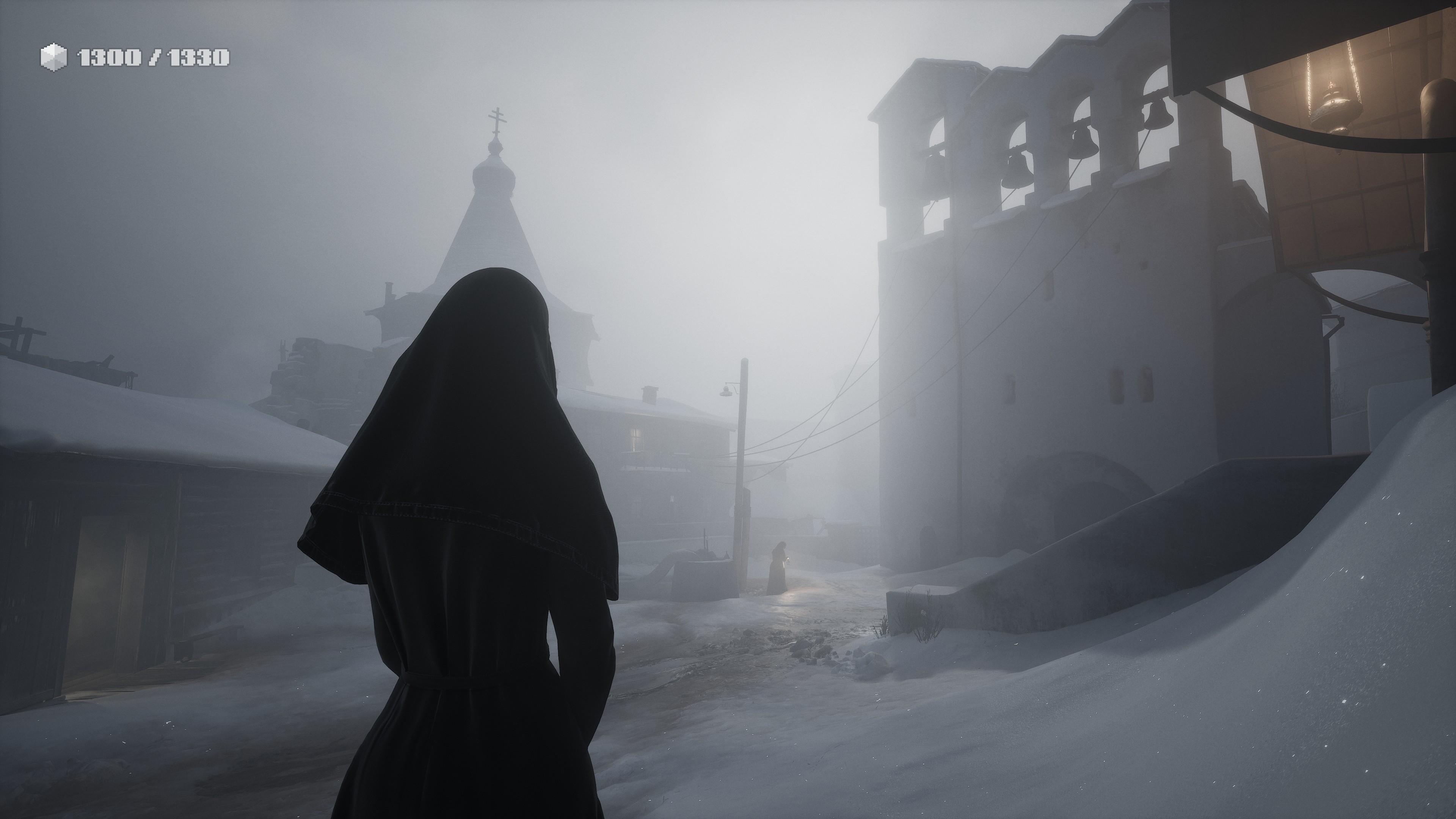

Download of the left-hand screenshot | Download of the right-hand screenshot
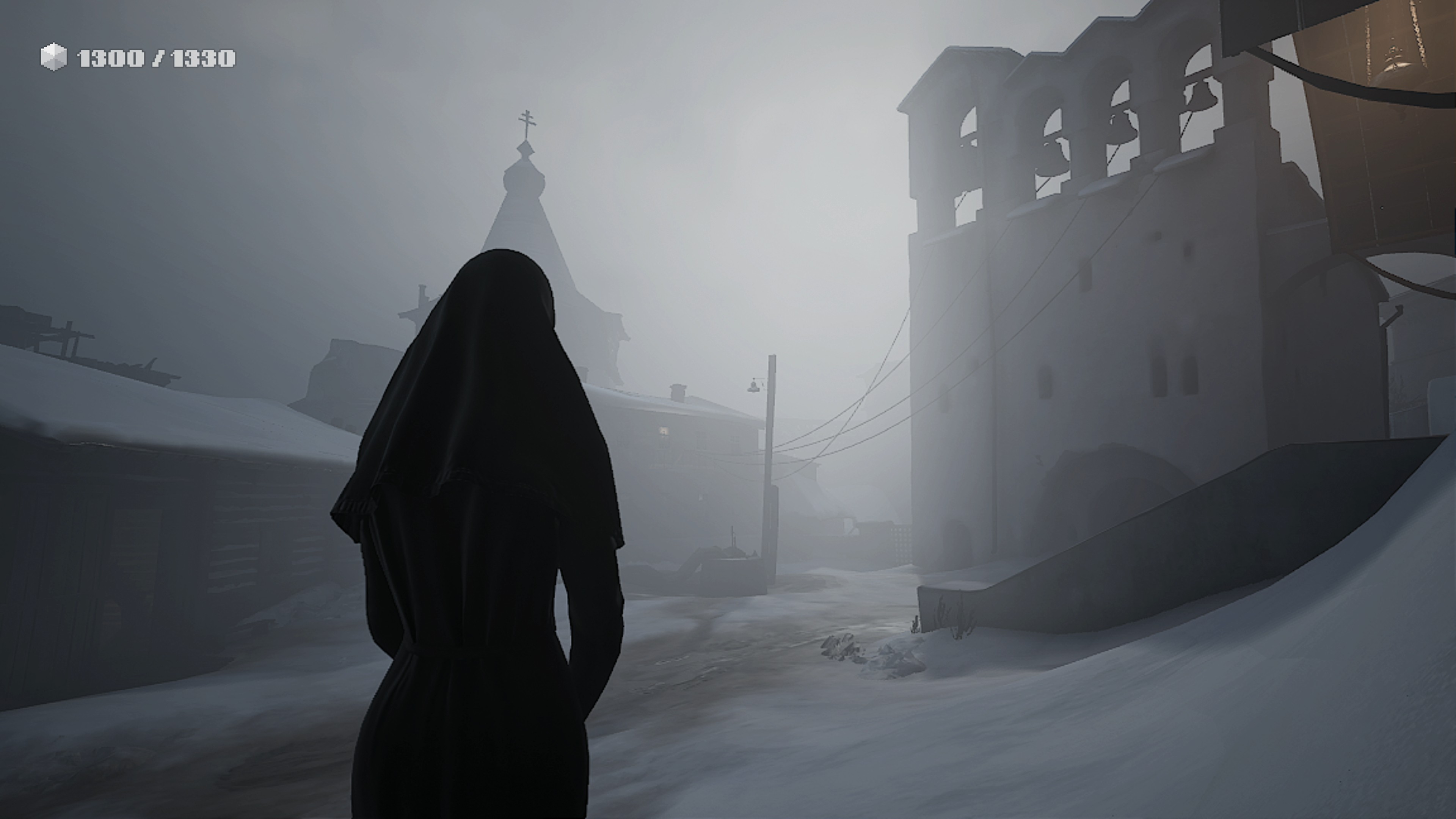
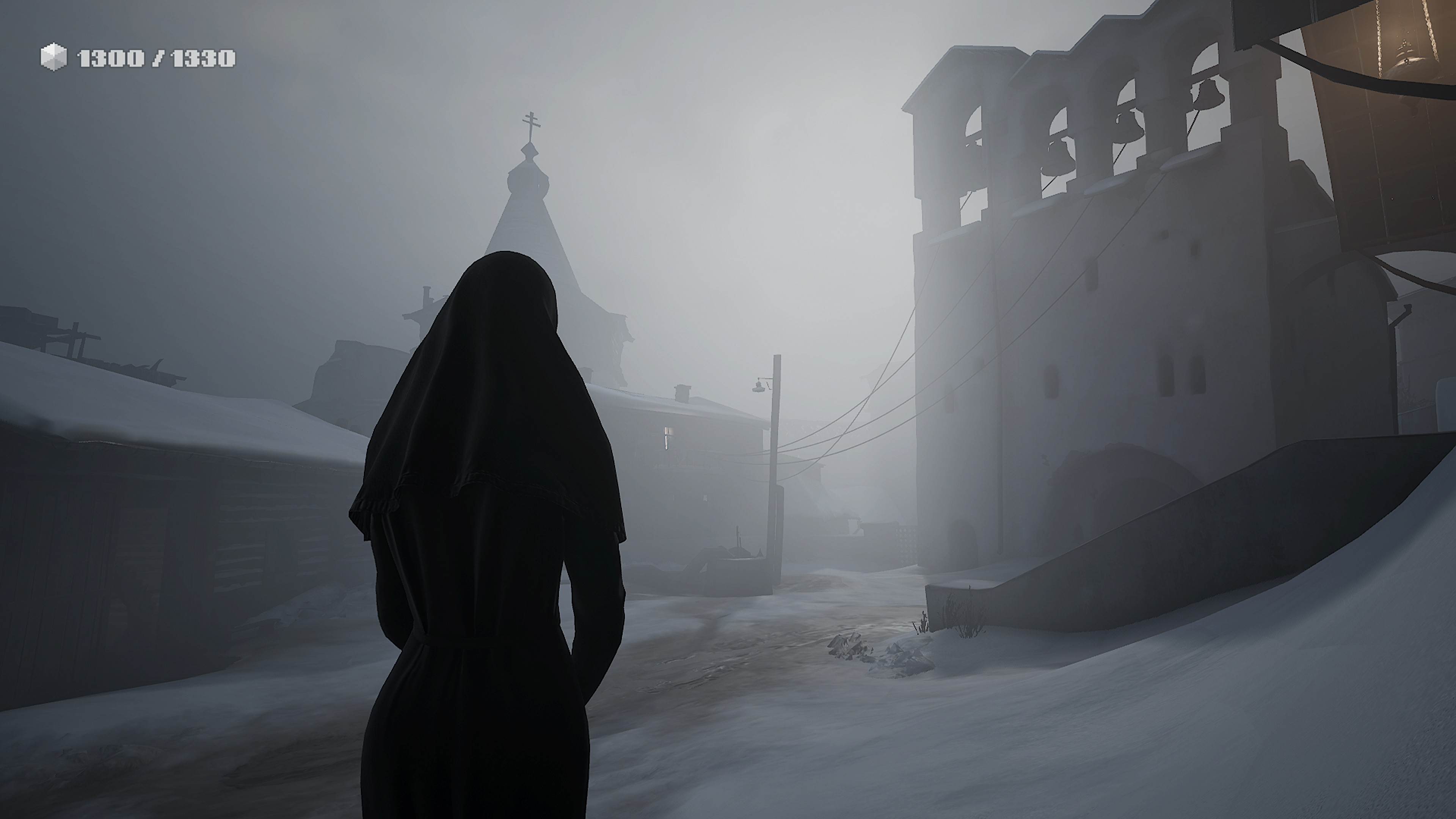
Download of the left-hand screenshot | Download of the right-hand screenshot
On Nintendo Switch 2, the game makes use of a higher resolution resulting in a cleaner image, but the lack of detail persists and there’s little left of the originally high-resolution assets. A dedicated Switch 2 version with higher graphical fidelity could be a way forward, but this might come at the expense of performance. Even on PS5 Pro, INDIKA still fails to maintain its targeted frame rate of 60 FPS (frames-per-second), and some voices sound completely distorted. On Nintendo Switch, the game oftentimes can’t reach its cap of 30 FPS for longer periods of time—especially in the two scenes where the devil tears the game world apart. On the other hand, the game runs almost consistently smoothly on Switch 2 in our tests. Loading times, at around 10 to 20 seconds, are not as fast as on a PC or the PS5 Pro with an SSD, but they’re significantly shorter than on the original Switch hybrid console. Sometimes, it can take up to a minute to load the next chapter, which significantly disrupts the flow of the game. Aside from a slightly higher resolution, there are no noteworthy differences between handheld and TV modes on Switch.
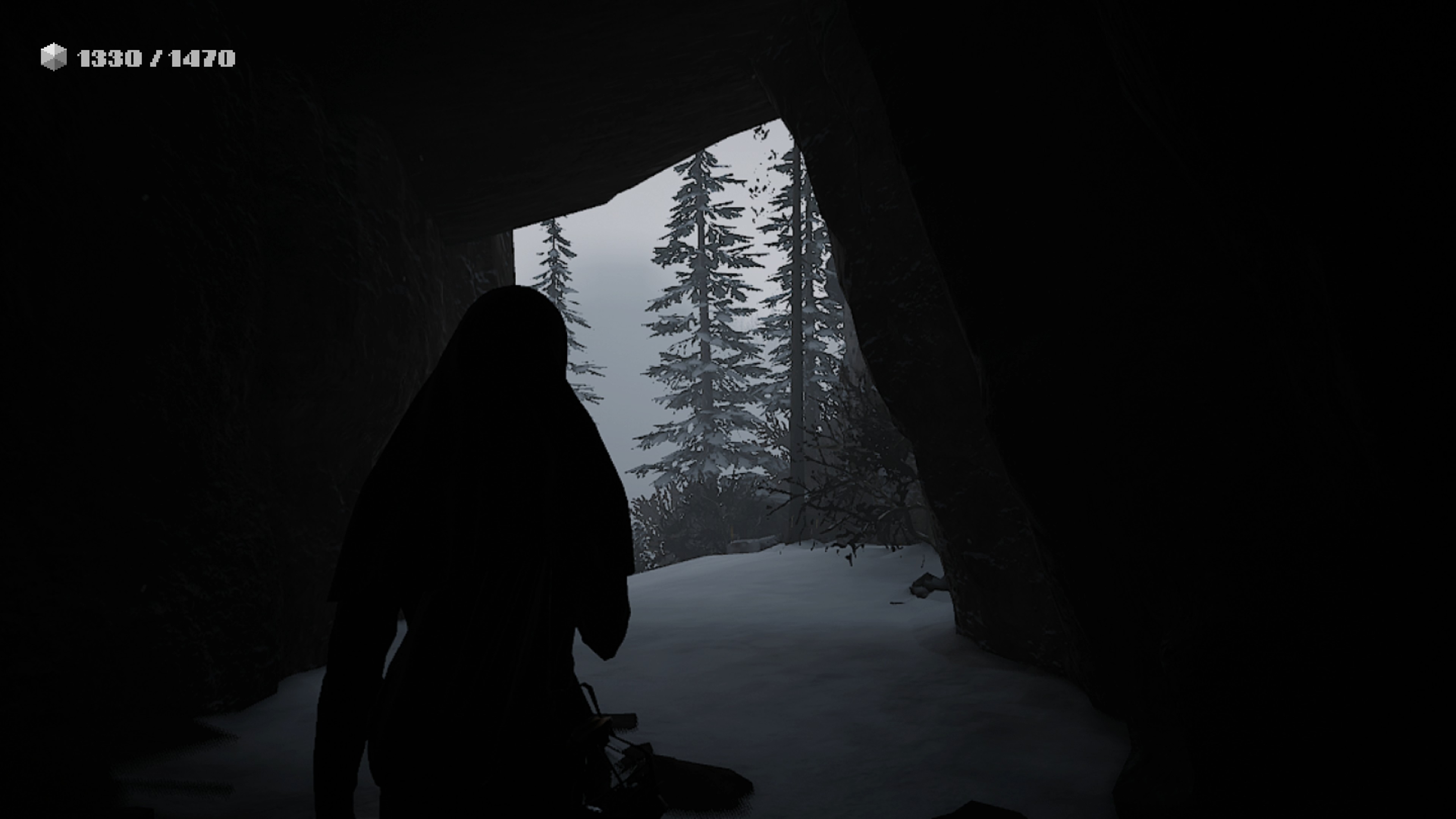
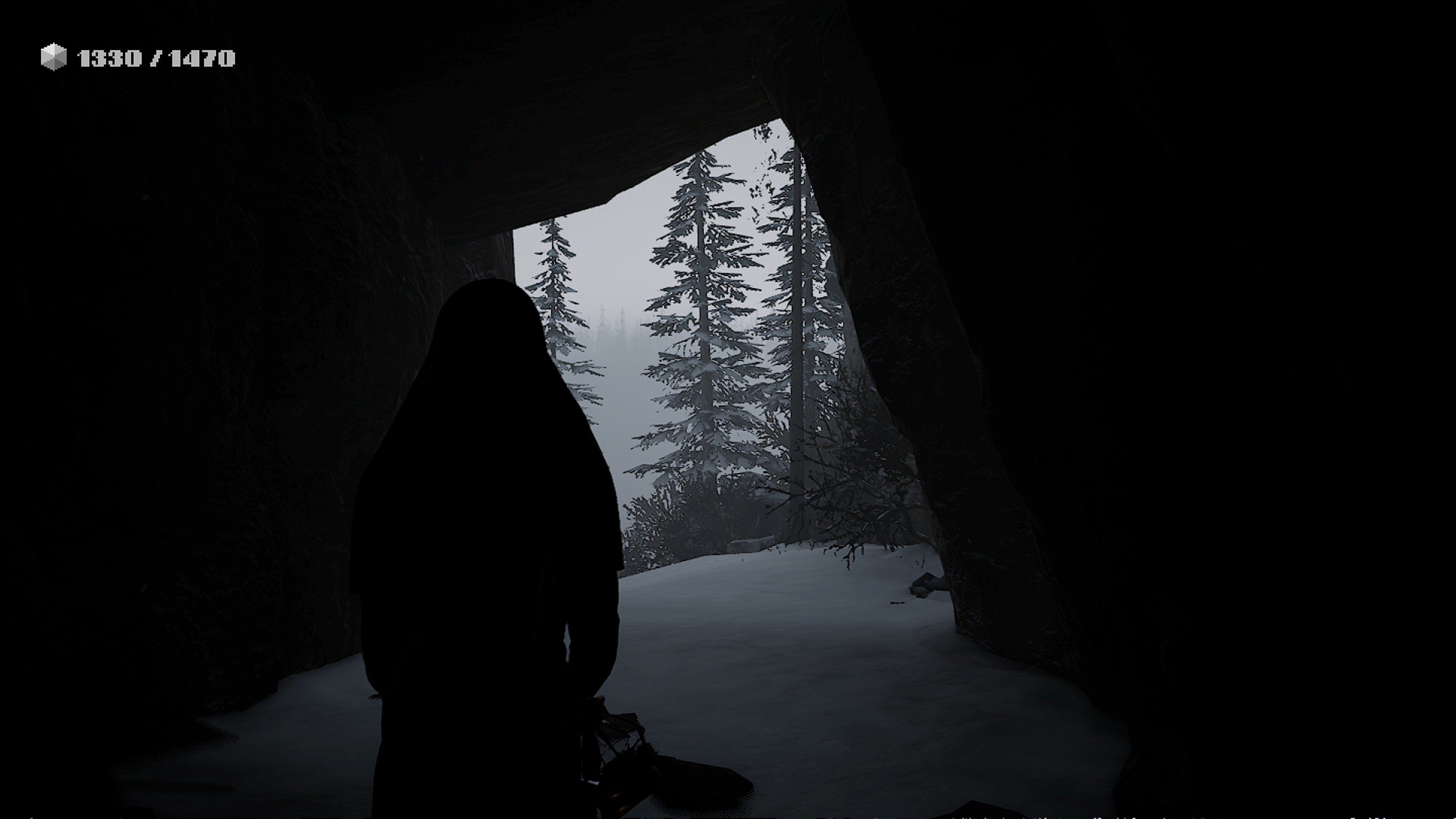
Download of the left-hand screenshot | Download of the right-hand screenshot
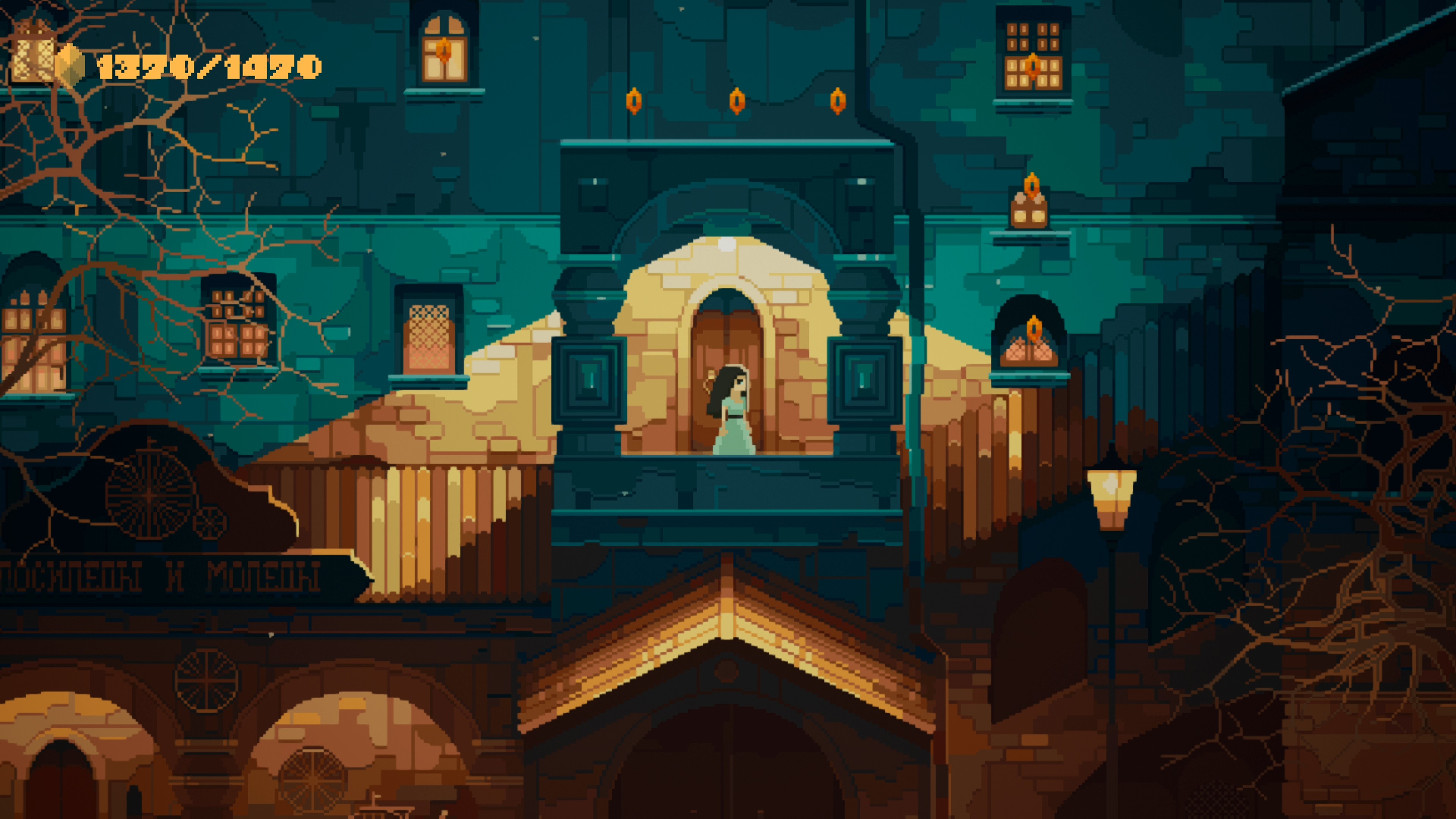
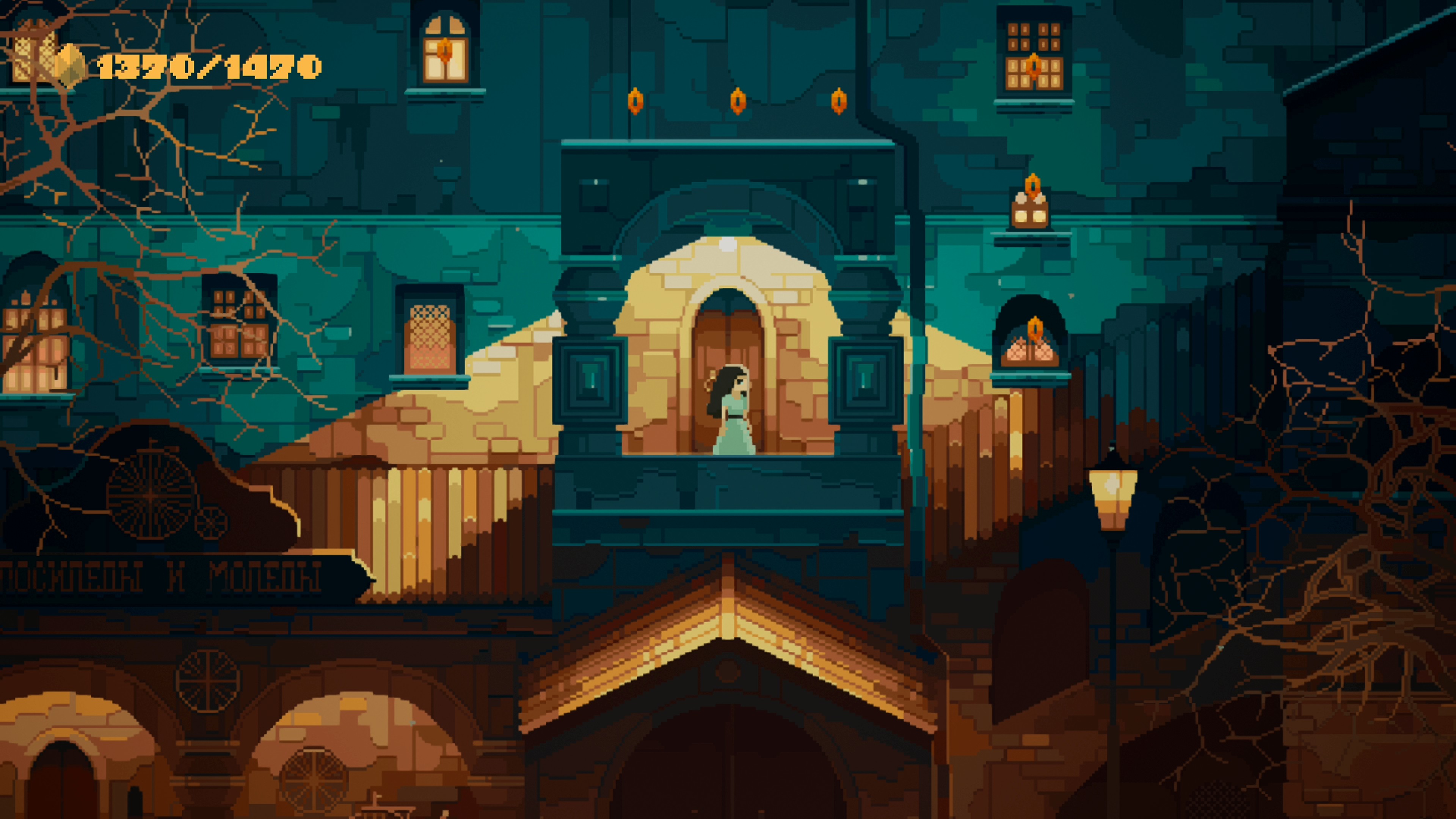
Download of the left-hand screenshot | Download of the right-hand screenshot
Our journey on Switch 1 and 2 was repeatedly interrupted by the game crashing. In addition, an entire dialogue track was missing (video), or the game world glitched. All of the console versions we tried still need to be fixed in some way. Anyone wanting to experience INDIKA with as few bugs and performance issues as possible should play it on PC, where you have a lot of options to optimize it according to your system’s capabilities. With an AMD Ryzen 7 5800X3D, 32 GB of RAM and an Nvidia GeForce RTX 4070 (12 GB), INDIKA runs consistently at over 90 FPS in 4K with maximum graphics and Nvidia’s upscaler DLSS set to the Ultra quality profile. We captured the screenshots at native 4K resolution, which doesn’t look a whole lot better and performance drops to around 50 FPS.
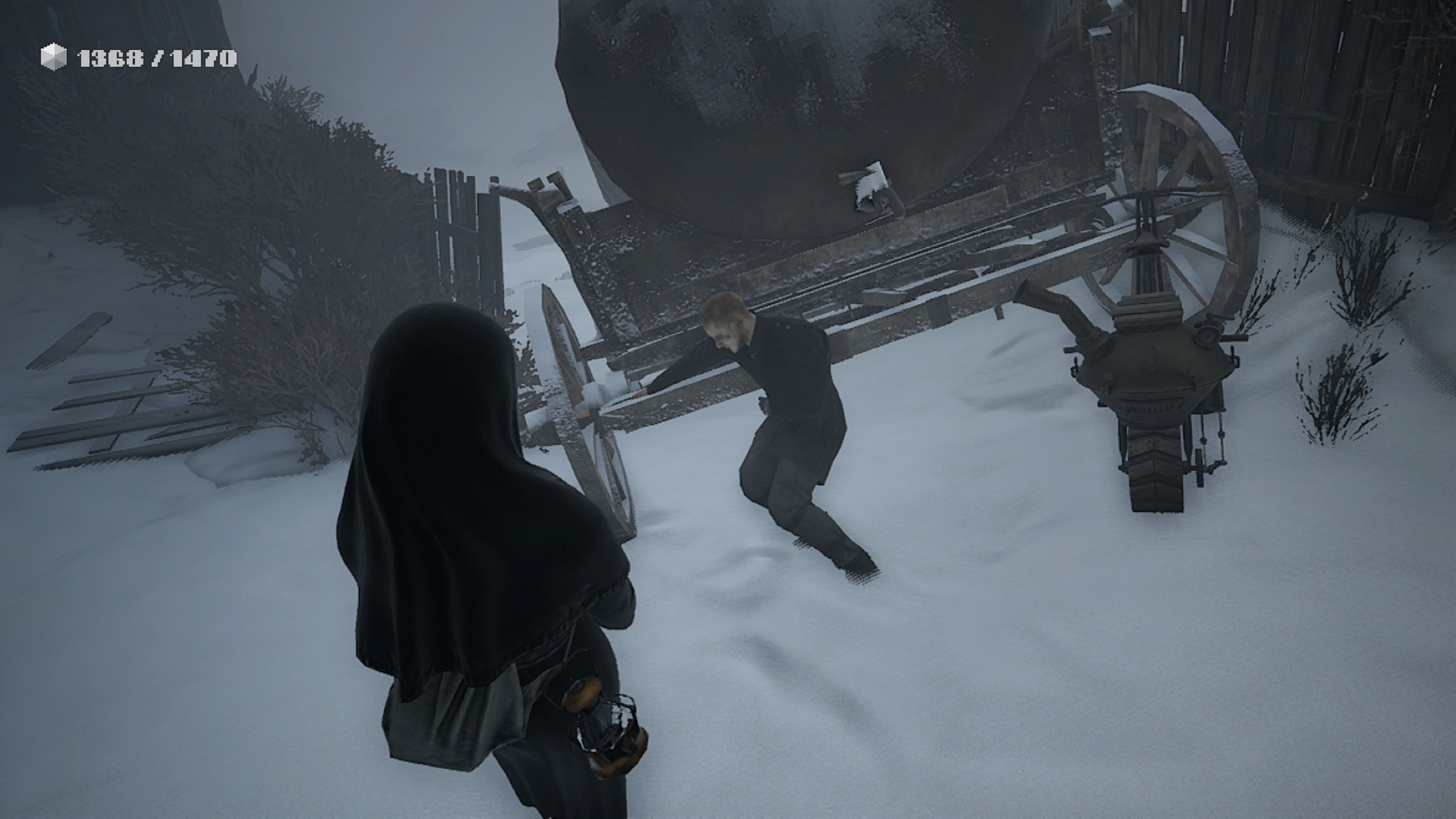
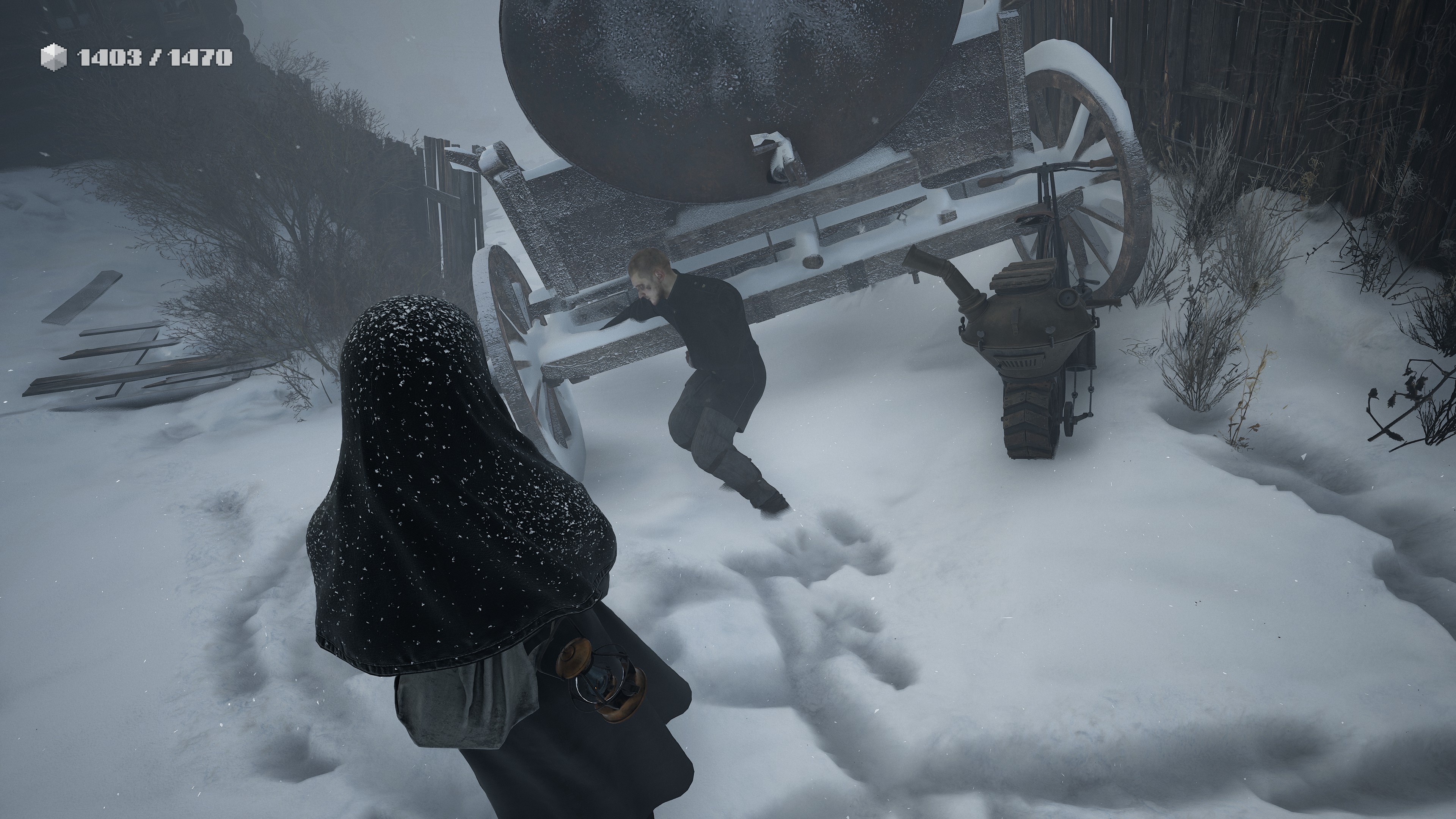
Download of the left-hand screenshot | Download of the right-hand screenshot
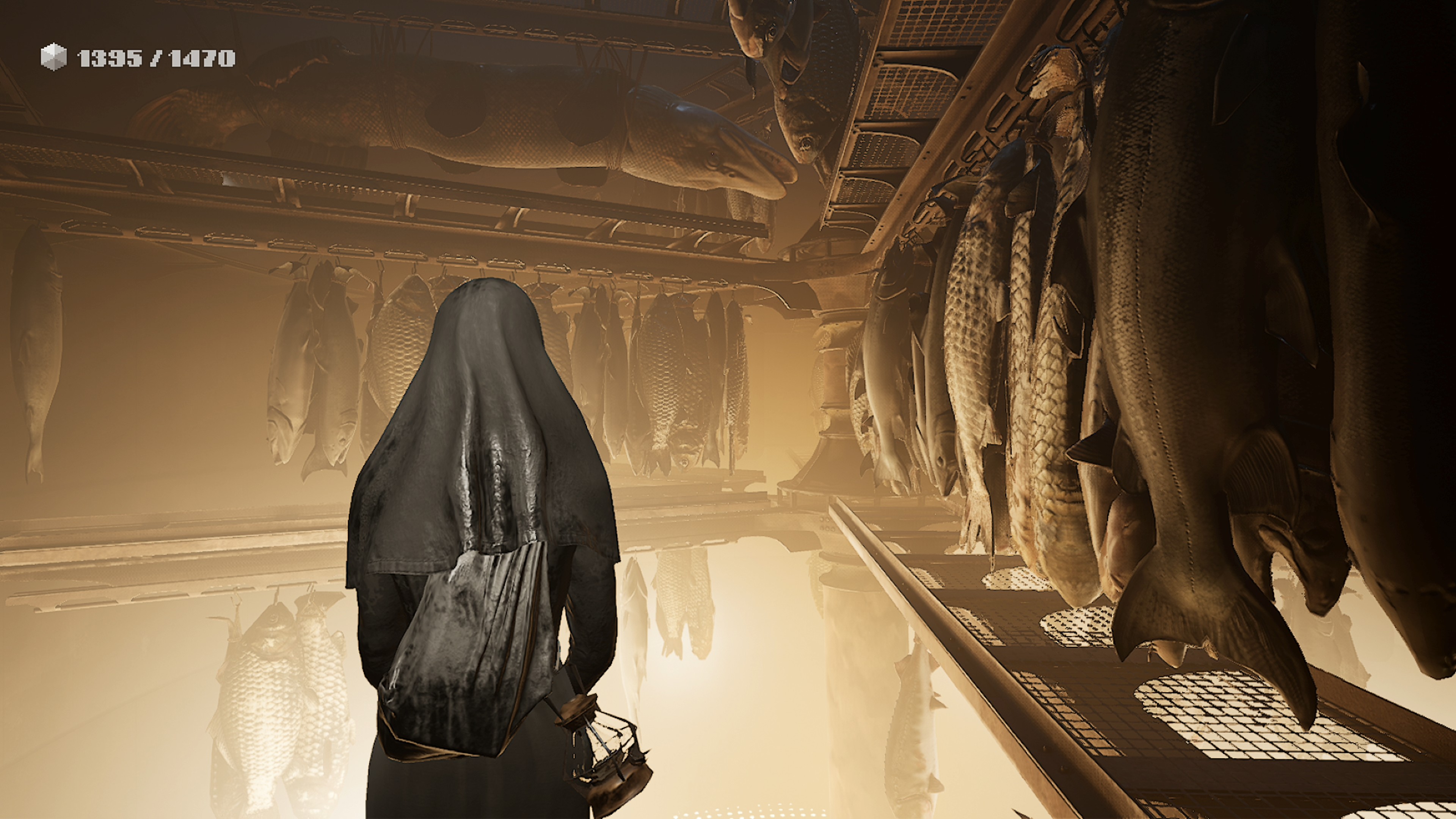
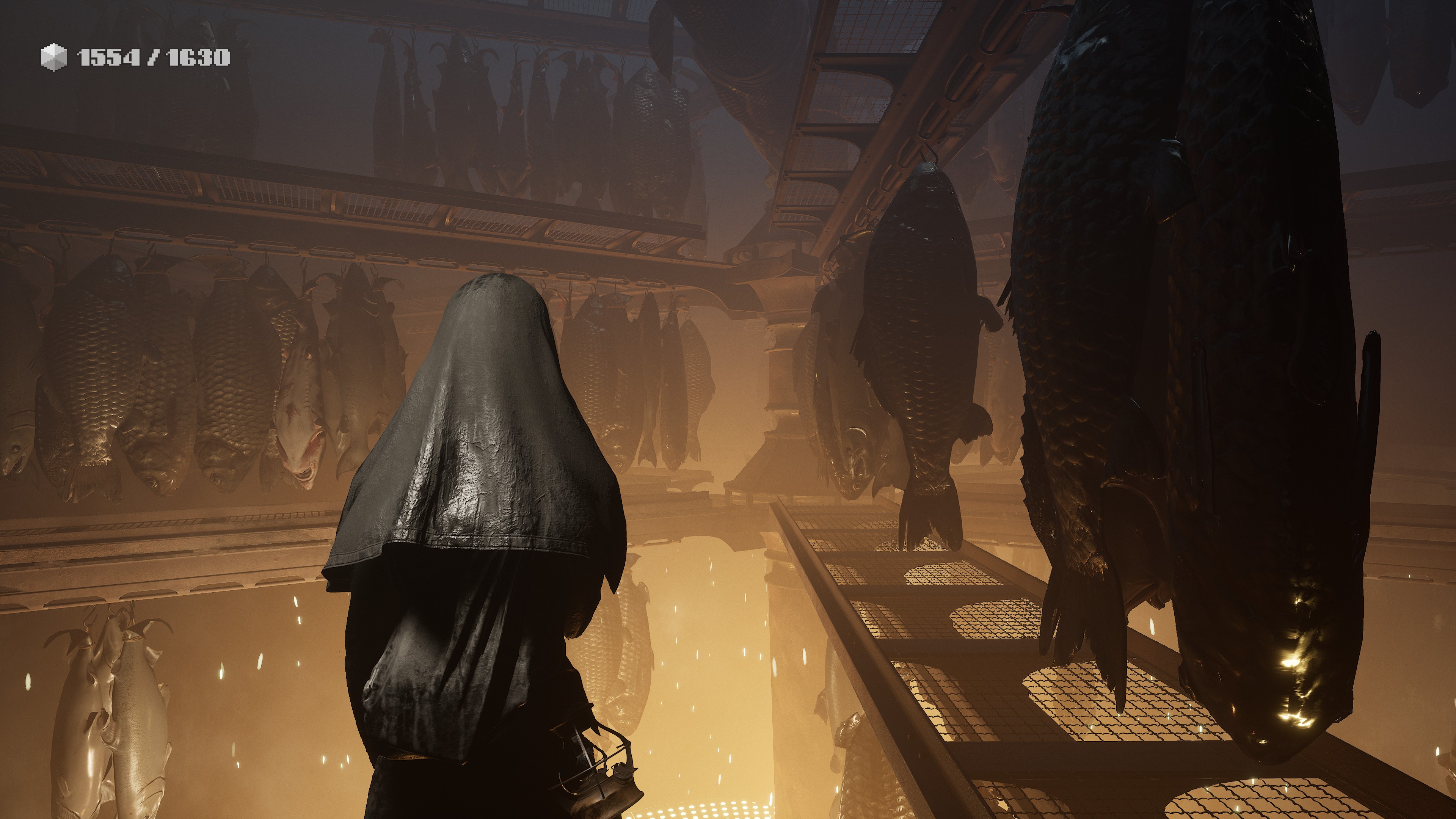
Download of the left-hand screenshot | Download of the right-hand screenshot
Final thoughts
INDIKA takes us on an intriguing four- to five-hour journey of self-discovery with the titular outcast nun. It keeps surprising with its diverse stylistic shifts and knows to impress with authentic character development and devilishly good performances from the English and Russian voice cast. Indika starts questioning her worldview and sense of morality, thus developing free will and challenging the customs and rituals she has previously embraced—or was it the other way around? Other characters, including her companion Ilya, remain rather underdeveloped and are not afforded such complex character arcs, even though there are promising attempts.
In terms of gameplay, INDIKA offers little beyond a typical walking simulator, although there are occasional environmental puzzles to solve or races to win against Indika’s father in the game’s unique pixel-art style. This isn’t necessarily a downside, as gameplay and story become a symbiosis, and common video game tropes get challenged without getting too much into it. Anyone who enjoys narrative experiences like the Hellblade series or INSIDE will likely find INDIKA a solid choice. Just like those games, you’ll likely ponder it for a long time afterward.
All of the console versions we tested need fixing in some way. A year and a half after its release, INDIKA still suffers from frame rate drops on PlayStation 5, even on the more powerful PS5 Pro, where the game looks quite impressive. No wonder that the game looks much less spectacular on Nintendo Switch, but even on Switch 2, much of the game’s strong visual identity and its environmental storytelling is lost. Furthermore, players on the hybrid console have to contend with glitches and crashes. If the publisher and developers put their backs into it, INDIKA could still make a good figure on consoles, e.g. by releasing a graphically enhanced Switch 2 version and stabilizing it on PS5, possibly with a 30 FPS mode. Until then, we recommend going for it on PC.
11 Bit Studios provided us with copies of INDIKA for Nintendo Switch and PC. PlayStation gave us access to the PS5 version of INDIKA via the PlayStation Plus Game Catalogue (currently on PS+ Extra and Premium). We captured the screenshots on PC, if not stated otherwise. While the screenshots we captured were uncompressed for comparison purposes, we had to compress them slightly due to their file size (90 percent image quality).

